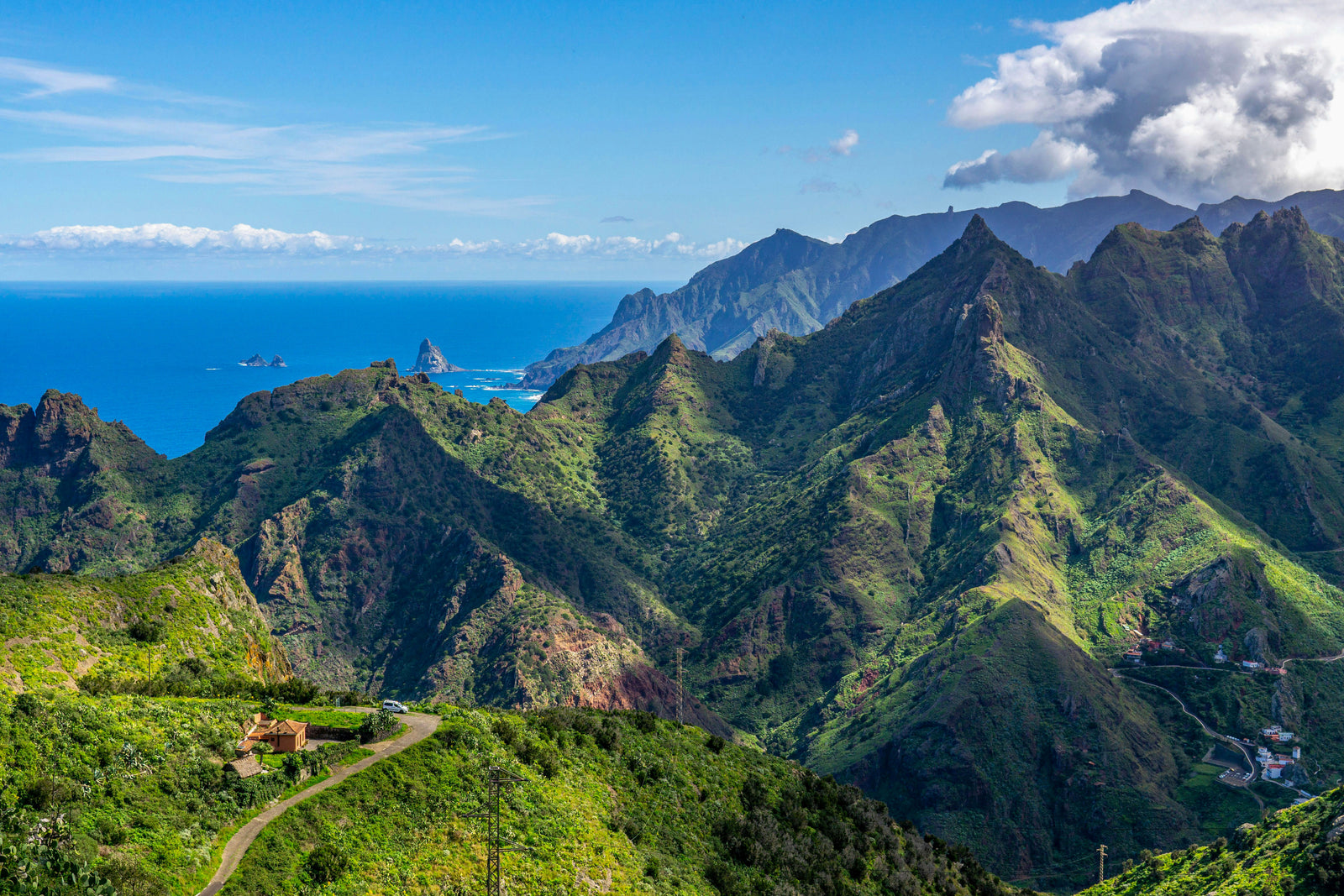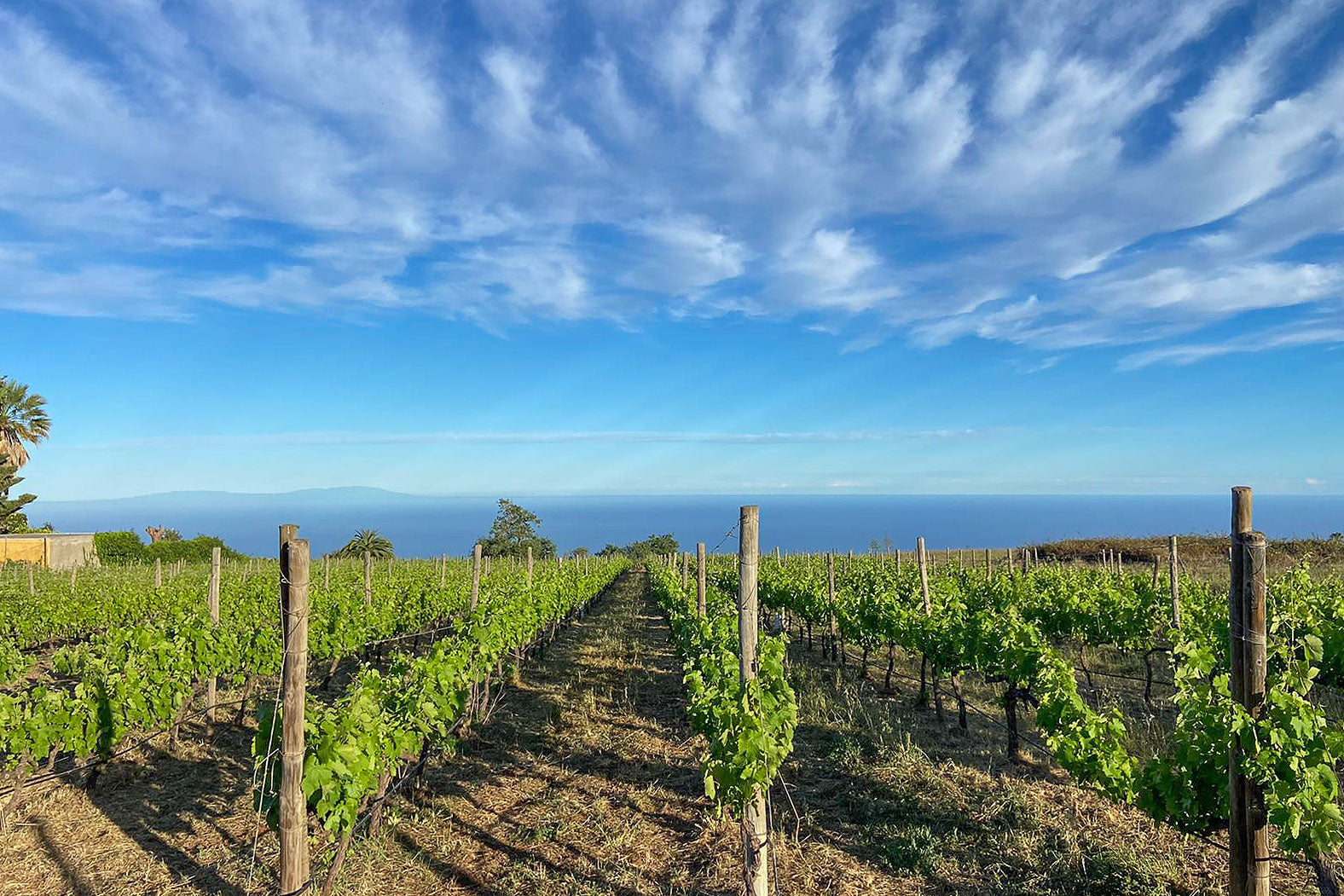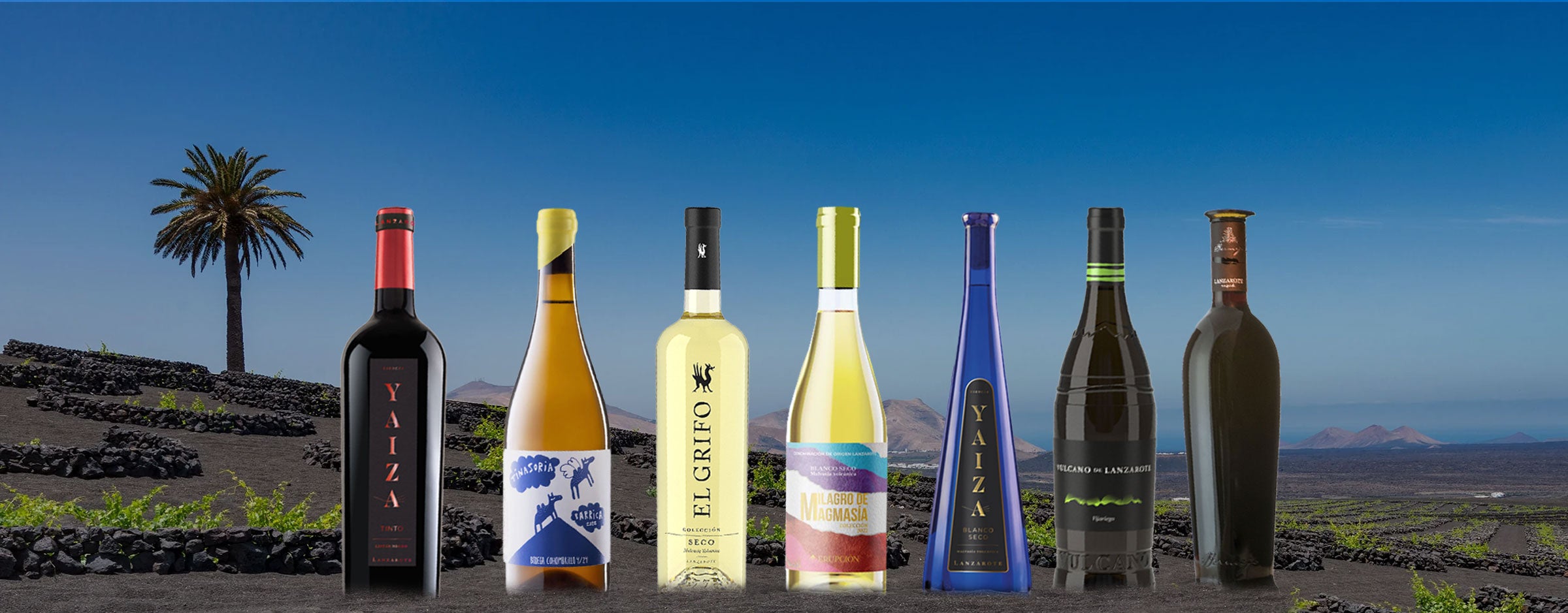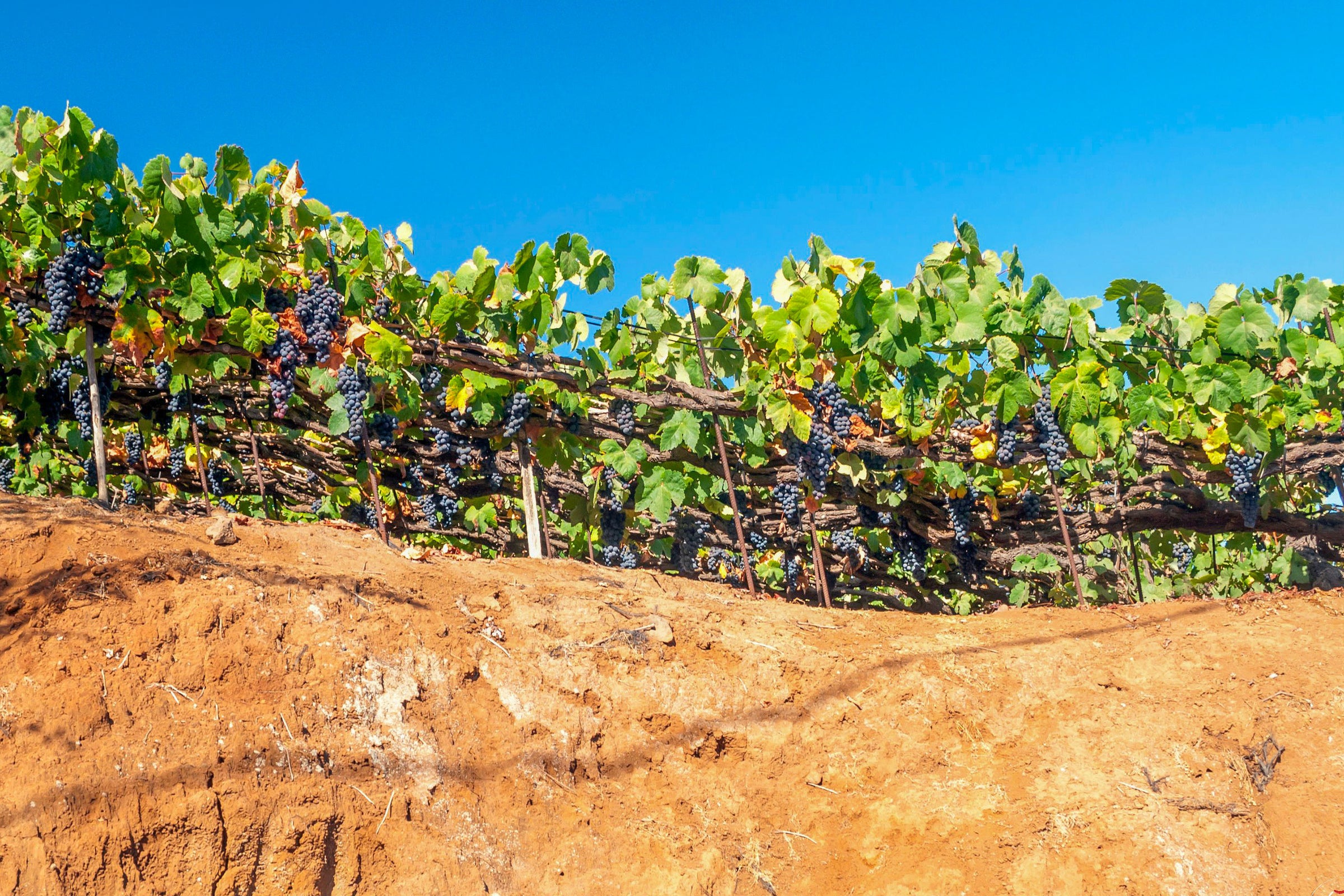The history of Tenerife wine
Tenerife boasts an extraordinary terroir defined by its volcanic soils, dramatic elevations, and the cooling influence of the Atlantic Ocean. Together, these elements create ideal conditions for cultivating a remarkable diversity of grape varieties.
Home to the highest vineyards in Europe, the island’s striking landscapes and varied microclimates give rise to wines of truly distinctive character and expression.
A Legacy of Winemaking
The winemaking tradition in Tenerife stretches back centuries. European settlers introduced vine cultivation in the 15th century, and over time, the island’s wines gained great renown, becoming prized exports to Northern Europe and the United States.
Viticulture has been central to Tenerife’s economy and cultural identity for generations, shaping both the land and the local way of life.

Denominations of Origin
Despite its compact size, Tenerife encompasses fiveDenominacionesde Origen (D.O.), plus anadditionalD.O. covering the entire island and the broader Canary Islands. This layered classification reflects both the island’s rich heritage and its exceptional diversity of growing conditions.
One standout region is LaOrotava, where vintners still employ the traditional CordonTrenzado, a distinctive vine-training method that braids the canes to protect them from wind and enhance sun exposure.
Climate & Microclimates
Tenerife’s topography gives rise to striking climatic contrasts:
Northern Tenerife benefits from moist trade winds, fostering lush greenery and a mild, subtropical climate.
Southern Tenerife is warmer, drier, and sunnier, especially around the resort areas of Playa de las Américas.
These variations create a mosaic of microclimates across the island, enabling the cultivation of a wide range of grape varieties and the production of wines with diverse styles and profiles.

Traditional Cultivation Practices
Viticulture in Tenerife remains deeply rooted in tradition, adapted over centuries to suit the island’s volcanic terrain.
The Cordon Trenzado technique, unique to the region, involves braiding the vine canes to withstand strong winds and optimize sunlight. Its length averages between 3 and 4 meters, although some vines extend beyond 15 meters. Fieldwork requires extensive manual labour at every stage, as this system cannot be mechanized. However, its uniqueness makes the Cordón Trenzado a true craft.
On the steep slopes of Tenerife, intricately carved terraces stretch across the landscape, meticulously designed to prevent soil erosion and facilitate agricultural cultivation.
These traditional methods preserve the viticultural heritage of Tenerife, ensuring the production of expressive, high-quality wines that reflect their volcanic origin.













